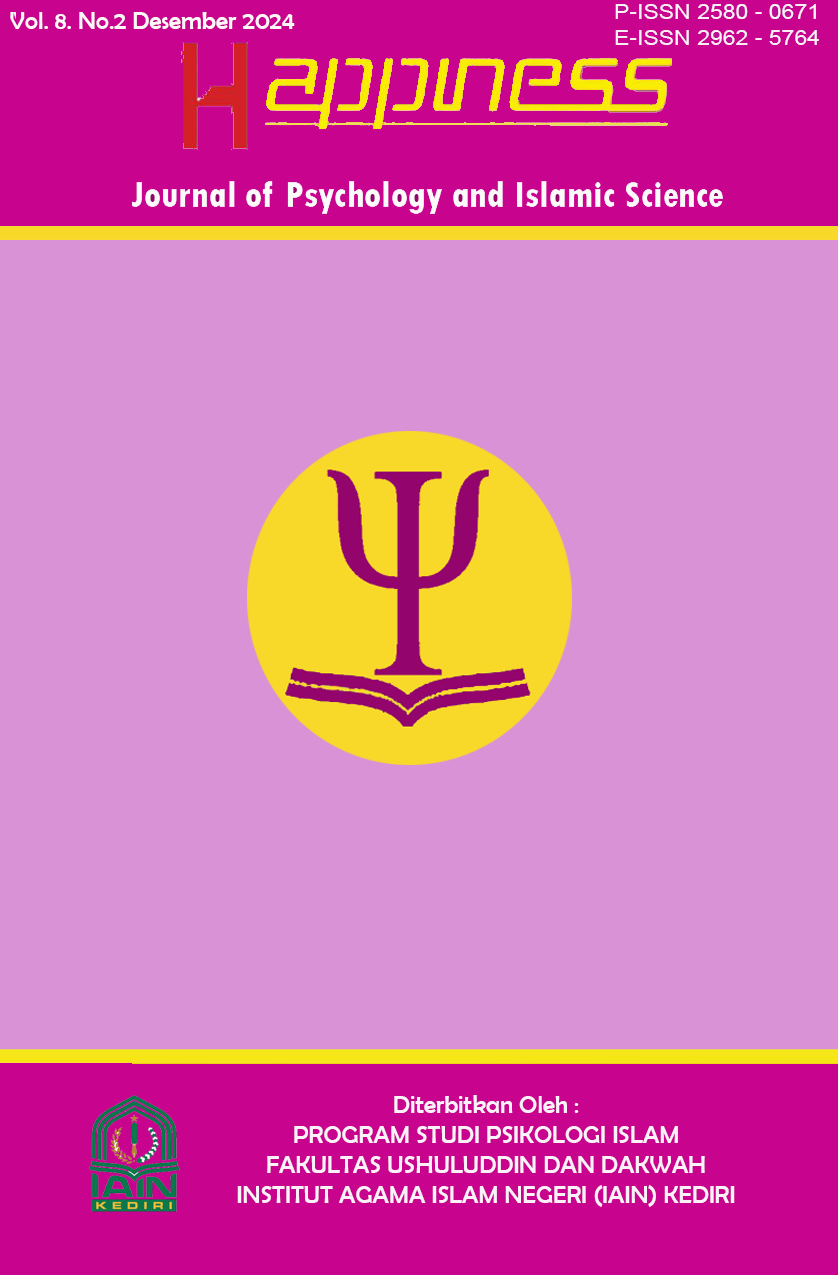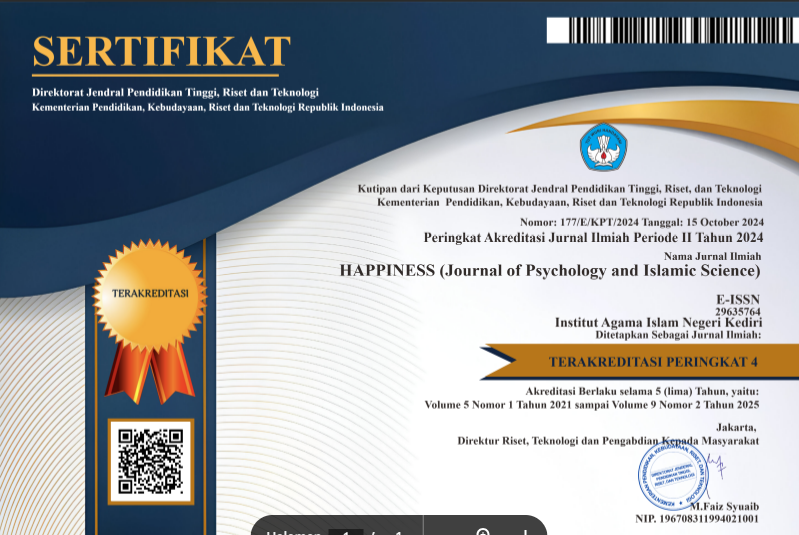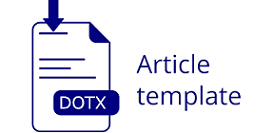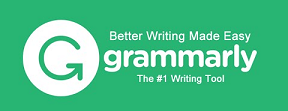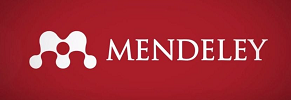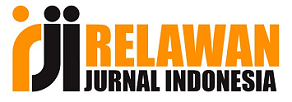Substance Abuse Behaviour Among Youths: The Predictive Effects of Social Media and Peer Pressure
DOI:
https://doi.org/10.30762/happiness.v8i2.2614Keywords:
Social media, Peer pressure, Substance abuse behaviour, GenderAbstract
Substance abuse behaviour has caused harm to individuals, families and the larger society. Studies linking social media and peer pressure to substance abuse behaviour among youths in Rivers State are scarce. Therefore, this study investigated social media and peer pressure as predictors of substance abuse behavour among youths in Ahoada-East and Port Harcourt metropolis. Cross-sectional survey design was adopted while data were collected from 234 participants using validated scales. Data were analyzed using multiple regression and independent samples t-test to test two hypotheses at p =.001 level of significance. The result revealed that social media and peer pressure jointly predicted substance abuse behaviour among study participants (R2 = .730, F= 6.724, p =.001). Further result showed that peer pressure independently predicted substance abuse behaviour among youths in the study samples (β-= -.147, t = -2.088, p = .026) while social media did not (β = -.841, t = -1.118, p > .05). It is concluded that social media and peer pressure are good predictors of substance abuse behaviour. Therefore, the study concluded that parents, governmental agencies and other stakeholders should work in unison to reduce factors that increase substance abuse behaviour among youths in the study population.
Downloads
References
Abikoye, G E, Sholarin A M., and Adekoya J A. “Parenting Styles and Peer Pressure as a Predictor of Substance Abuse among University Students.” Psychology & Behavioral Science 3, no. 2 (2014).
Akindipe, A.P.& Aina, and J.O. “Factors Influencing Substance Abuse among Patients Admitted to the Two Federal Neuro-Psychiatric Hospitals in the South-West of Nigeria.” African Journal of Health Nursing & Midwifery 4, no. 2 (2021): 38–66. https://doi.org/10.52589/AJHNM-IEQS9BNQG.
Anderberg, M, and M Dahlberg. “Gender Differences among Adolescents with Substance Abuse Problems at Maria Clinics in Sweden.” Nordisk Studies on Alcohol & Drugs 35, no. 3 (2018): 1–5,. https://doi.org/10.1177/14550725172517751263.
Bandura, Albert, and C George Boeree. Albert Bandura [ 1925 –. Biography An Interdisciplinary Quarterly, 2006.
Blumler, J G, and E Katz. “The Uses of Mass Communication.” Sage, 1974.
Chukwuemeka, A F O, I Nwana, C C Bernard, and M T Oguegbe. “Assessing Alcohol Abuse in a Sample of Nigerian Undergraduates: Predictive Effects of Peer Pressure and Self-Esteem.” Practicum Psychologia 9, no. 1 (2019): 103–124. http:e/journals.aphriapub.com/index.php.pp.
Costello, C.R.& Ramo, and D. “Social Media and Substance Use: What Should We Be Recommending to Teens and Their Parents?” Journal of Adolescent Health 60, no. 6 (2017): 629–630. https://doi.org/10.1016/j.jadohealth.2017.03.017.
Dimas, P H, O H Ajayi, and T K Bahijja. “Substance Abuse: Prevalence and the Determinant Factors among Youths in Jigwada Area, Nasarawa State, Nigeria.” International Journal of Management, Social Sciences, Peace & Conflict Studies (IJMSSPCS l.4 (3 (2023): 193 – 210.
Duru, C B, U R Oluoha, C C Okafor, K C Diwe, A C Iwu, C M Aguocha, and E Nwaigbo. “Socio-Demographic Determinants of Psychoactive Substance Use among Students of Tertiary Institutions in Imo State, Nigeria.” Journal of Addiction Research & Therapy 8, no. 5 (2017): 1–9.
Eremie, C, and M Okwulehie. “Factors Affecting Career Choice among Senior Secondary School Students in Obio/Akpor Local Government Area of Rivers State (Implication to Counseling.” International Journal of Innovative Education Research 6, no. 2 (2021): 27–39.
Eze, C E. “Effect of Social Media Use on Drug Abuse among Youths in Nigeria.” Implications for Youth Education.IAA Journal of Management 10, no. 1 (2023): 20–26. www.iaajournals.org.
Frey, T, and T N Friemel. “Adolescents’ Drinking Behaviour off- and Online: Disentangling Exposure Effects and Selective Exposure in Networked Communication Structures.” Journal of Health Communication 28, no. 1 (2023): 1–10. https://doi.org/10.1080/10810730.2023.2275124.
Jena, H. “The Influence of Social Media on Teen Drug Use.” Addiction Centre, 2019. https://www.addictioncenter.com/community/social-mediateen-drug-use/.
Joshua, S. Peer Pressure, Locus of Control and Substance Abuse among Adolescents. A Dissertation Submitted to the School of Psychology in Partial Fulfillment of the Requirements for the Award of the Bachelor Of. Community Psychology Degree of Makerere University, 2019.
Lawal, N, and M A Aliyu. “Assessment of Causes and Effects of Drugs and Substances Abuse among Youths: A Case Study of Katsina Metropolis (North-West, Nigeria.” International Neuropsychiatric Disease Journal 219059011 (2020). https://doi.org/10.9734/indj/2020/v14i130117.
Lenhart, A. “Teens, Social Media & Technology Overview 2015,” 2015.
Leshargie, C T, A Alebel, G D Kibret, M Y Birhanu, H Mulugeta, and P Malloy. “The Impact of Peer Pressure on Cigarette Smoking among High School and University Students in Ethiopia: A Systemic Review and Meta-Analysis.” PLoS ONE 14, no. 10 (2019): 222572. https://doi.org/10.1371/journal.pone.0222572.
Nesi, J, W A Rothenberg, A M Husoong, and K M Jackson. “Friends’ Alcohol-Related Social Networking Site Activity Predicts Escalations in Adolescent Drinking: Mediation by Peer Norms.” Journal of Adolescents Health 60, no. 6 (2017): 641–647. https://doi.org/10.1016/j.jadohealth.2017.01.009.
Nwafor, K.A., Ezema, S.I & Igwebuike O. “Social Media Use and Substance Abuse among Young People in South-East, Nigeria.” Sau Journal of Management & Social Sciences 3 (2022): 7–14.
O., Onigbogi, Ojo O., and Babalola O. “Prevalence of Substance Abuse among Secondary School Students in Lagos State of Nigeria.” European Scientific Journal, ESJ 19, no. 15 (2023): 67.
Oguntayo, R, P O Ajao, K A Akintunde, O A Popoola, and Opayemi. “Age, Gender, Socio-Economic Status, Attitudes towards Drug Abuse as Determinants of Deviant Behaviour among Undergraduate Students.” European Review of Applied Sociology, (2020): 38–46. https://doi.org/10.1515/eras-2020-0009.
Ojule, I N, and H B Te-Erbe. “Prevalence and Predictors of Substance Use Disorder among Urban and Rural Secondary School Studentsof Khana, Rivers State, Nigeria.” European Journal of Public Health Studies,5( (2022): 83–97. www.ejphs.com.
Oladeji, A, B F Kumolalo, L O Oluwole, A S Ajiboye, M U Dada, and R C Ebeyi. “Substance Use among Adolescent’s High School Students in Nigeria and Its Relationship with Psychosocial Factors.” Journal of Research in Health Science 20, no. 2 (2020): 480. https://doi.org/10.34172/jrhs.2020.15.
Olanrewaju, J, E O Hamzat, J I Enya, M O Udekwu, Q Osuoya, R Bamidele, O F Johnson, B F Johnson, I.& Owolabi Olanrewaju, and J.O. “An Assessment of Drug and Substance Abuse Prevalence: A Cross- Sectional Study among Undergraduates in Selected South-Western Universities in Nigeria.” Journal of International Medical Research 50, no. 10 (2022): 1–11.
Oshikoya, K A, and A Alli. “Perception of Drug Abuse amongst Nigerian Undergraduates.” World Journal of Medical Sciences 1, no. 2 (2016): 133–139.
Przybylski, A K, K Murayama, C R DeHaan, and V Gladwell. “Motivational, Emotional, and Behavioral Correlates of Fear of Missing Out.” Computers in Human Behavior 29 (2013): 1814–1848.
Saini, S.& Singh, and S. Peer Pressure Questionnaire-Revised. Educational Research, 2016. https://doi.org/10.13140/RG.2.2.10861.79842.
Salas-Wright, C, M G Vaughn, J R Gonzalex, Q J Fu, and T T Clark. “Attacks Intended to Seriously Harm and Co-Occurring Drug Use among Youth in the United States.” Substance Use Misuse 51, no. 13 (2016): 1681–1692. https://doi.org/10.1080/10826084.2016.1191516.
Scull, T M, J B Kupersmidt, A E Parker, K C Elmore, and J W Benson. “Adolescents’ Media-Related Cognitions and Substance Use in the Context of Parental and Peer Influences.” Journal of Youth & Adolescence 39 (2010): 981–998.
Sichach, M. “Uses and Gratifications Theory- Background, History and Limitations,” n.d. https://ssrn.com/abstract=4729248https://dx.doi.org/102139/ssrn.4729248.
W.H.O. “Mental Health. World Health Organization Regional Office for Europe,” 2022. https://www.who.int/news-room/fact-sheets/detail/mental-health-strengthening-our-.
Weber, H. “Age Structure and Political Violence: A Re-Assessment of the ‘Youth Bulge’ Hypothesis.” International Interactions 45, no. 1 (2019): 80–112.
Weinfield, L. “Remembering the 3rd Wave,” 2010.
Winpenny, E M, T M Marteau, and E Nolte. “Exposure of Children and Adolescents to Alcohol Marketing on Social Media Websites.” Alcohol & Alcoholism 49, no. 2 (2013): 154–159.
Yusuf, F A. “Factors Influencing Substance Abuse among Undergraduate Students in Osun State, Nigeria.” African Research Review 4, no. 4 (2010): 1–13.
Downloads
Published
How to Cite
Issue
Section
License
Copyright (c) 2024 Enyelunekpo Roberts, Constance Odumodu N., Uye Emmanuel E

This work is licensed under a Creative Commons Attribution-ShareAlike 4.0 International License.

